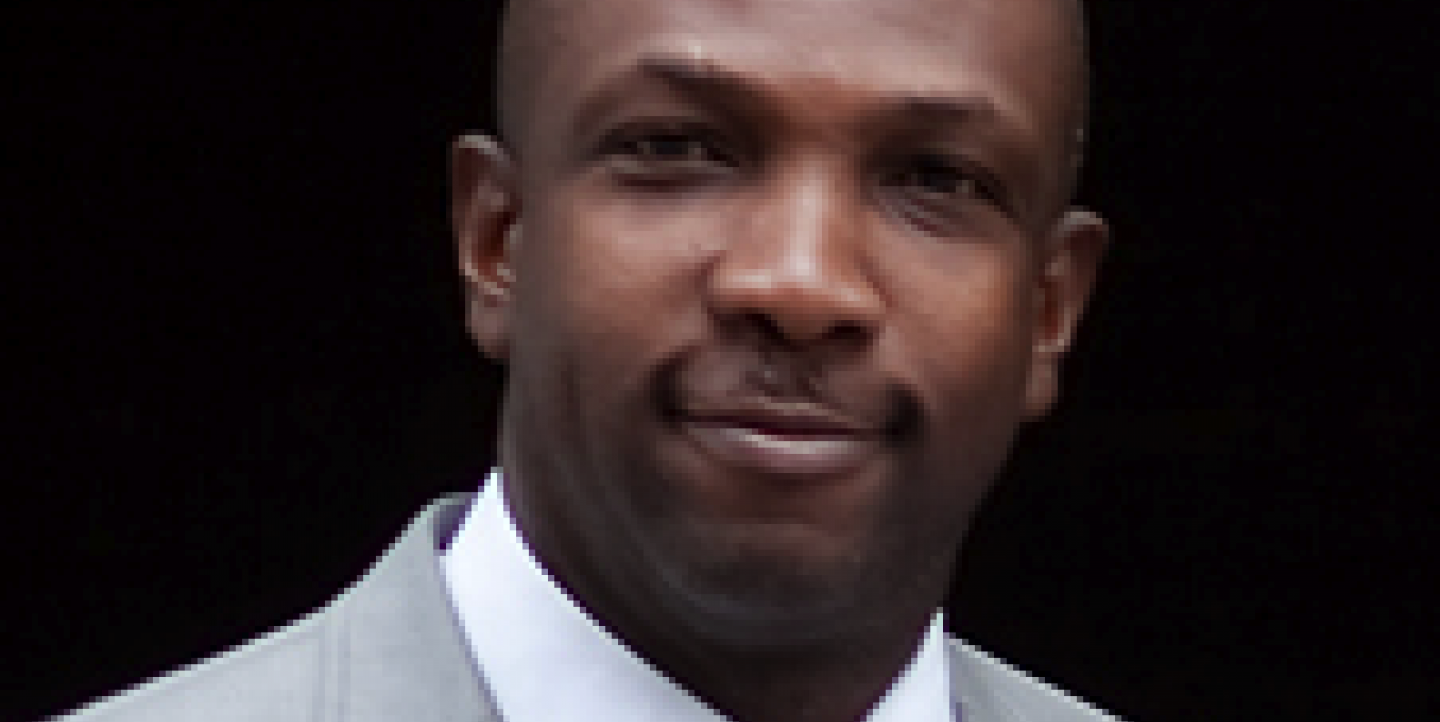When a new health initiative is announced, journalists too often think they have an easy story to tell. They can quote officials on what the project will do and how quickly they expect it to eradicate a disease or improve the health of the people.
But if reporters think they are telling the whole story, they need to think again. These initiatives do not exist in isolation. Placing the new plan in context, and especially explaining where it fits within the overall health system, is critical to informing the public.
Health systems, also known as health care systems, are made up of complex and sometimes competing programs and organizations. In many countries, these systems are not functioning effectively.
Journalists have an important role to play in informing the public about health systems, where they fail, and where they can be improved. We must give the issue of developing better-integrated health systems more attention and wider coverage.
Frittering away limited resources
Health systems are weak in many countries due to poor resource availability. Experts and policymakers agree on this. Many countries do not have adequate resources to build and maintain functional health systems equipped to tackle the health challenges they face. Governments need all the help they can get to deliver good health to their people.
Often, however, they do not have enough resources to build, equip and maintain enough hospitals – primary, secondary and tertiary – to serve the needs of their populations. They lack the resources to hire and maintain the qualified trained staff required to man the hospitals and other healthcare facilities. They do not have enough resources to acquire modern tools and facilities to meet the challenges that modern diseases pose.
Yet countries fritter away their limited resources duplicating efforts because of uncoordinated, non-inclusive systems. They pay multiple times for services they should pay for only once because many groups both private and public so often duplicate their efforts, wasting time, expertise and desperately needed funds.
Piecemeal interventions
Unfortunately, piecemeal interventions against diseases and health conditions dominate the health care landscape. There are separate programs for HIV/AIDS, malaria, tuberculosis, cervical cancer, breast cancer, prostate cancer, you name it. And in many of these programs, there is a separate bureaucracy and a separate protocol for dealing with each disease.
What’s more, each disease has several initiatives developed by different groups attempting to address them. In fact, within the HIV/AIDS programs alone, there are thousands of individual initiatives. Some were initiated by governments, others by NGOs (both local and international) and others by private companies and corporations, religious organizations or individuals. These initiatives nearly always have their own bureaucracies and sometimes their own separate protocols, too.
Health care experts agree that there would be nothing wrong with tackling diseases from different fronts, with several initiatives and interventions, as long as there is a central coordinating structure that streamlines the different programs in a holistic and integrated manner and ensures that the best possible results are obtained in the long run without undue waste and even confusion.
Health policy planners must collaborate with the private sector, civil society, community and religious leaders and other stakeholders to fashion national health plans. When everyone is involved in creating a plan, it has a better chance of success.
How reporters can more effectively cover health systems
We must now begin to examine the health systems in our countries, asking critical questions about efficiency, effectiveness and viability. Every time a new health initiative is launched by the government, an NGO, a private sector company or any other entity, with all the usual pomp and pageantry, journalists must be less emotional, less celebratory and more discerning in asking critical questions.
Here are some important points to consider and questions to ask when covering a new health initiative:
1. Look at the history
What has been the approach to tackling the particular issue before now?
2. Examine related policies.
Is there a national policy for tackling this issue? If so, what does it call for? Is this new initiative in line with it? How does it fit with any local, district, state, national, regional, or even global policies on the issue?
3. Examine similar programs, and ask for evidence of their effectiveness.
Have there been previous initiatives or programs to tackle the issue? What are they? At what scale were they launched? How are they working?
4. Look at the context.
How does this new initiative relate to or fit in with the existing programs? Is it a duplication of the existing program? Will it give the existing program support?
5. How will the new initiative work?
Who does this new initiative cover? What system or structure will run it? Do we need to build a separate system to run it? Is there an existing structure that can be tapped to do that? How much will it cost?
In other words, our general approach is not to examine any new initiative in isolation, but to always look at new health initiatives as part of an integrated health plan and see how and if they fit.
The answers to these questions may ultimately determine whether the new initiative survives and more importantly, whether it succeeds in delivering better health to the people.
Declan-Okpalaeke is an award-winning health and environmental reporter. He is an ICFJ Knight International Journalism Fellow who launched the first Pan-African health journalists’ organization, the African Health Journalists Association. He is a three-time winner of CNN’s African Journalist of the Year Award for his coverage of health, science and environment, and sports stories in Nigeria.

